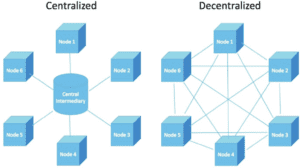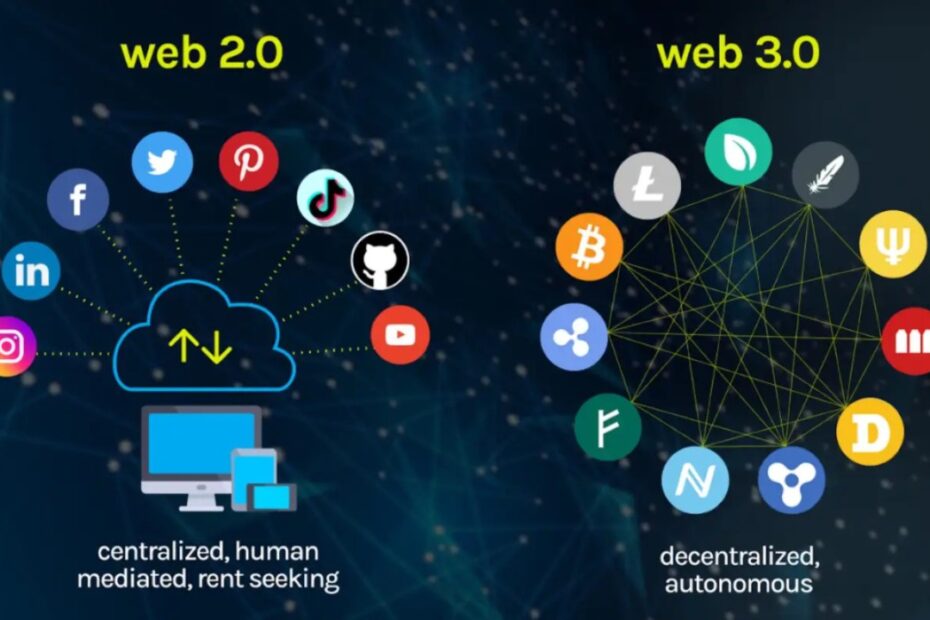The internet is undergoing a transformative shift with the rise of decentralized web design, powered by Web3 technologies. This new paradigm promises a more open, secure, and inclusive internet by leveraging blockchain, decentralized applications (dApps), and peer-to-peer networks. In this blog post, we’ll delve into the concept of decentralized web design, showcase real-world examples, provide step-by-step how-tos, and share tips and tricks to help you navigate and embrace this exciting frontier.
Understanding Decentralized Web Design
Decentralized web design refers to the creation of websites and applications that operate on a decentralized network, rather than relying on centralized servers. This approach enhances security, privacy, and data ownership while reducing the risk of censorship and single points of failure.
Real-World Examples of Decentralized Web Design
- IPFS (InterPlanetary File System)
- Overview: IPFS is a peer-to-peer protocol that enables decentralized storage and sharing of data.
- Example: Brave Browser integrates IPFS to allow users to access content on the decentralized web, ensuring faster and more resilient data retrieval.
- Uniswap
- Overview: Uniswap is a decentralized exchange (DEX) built on the Ethereum blockchain, enabling users to trade cryptocurrencies without intermediaries.
- Example: Uniswap’s dApp demonstrates how financial services can be decentralized, providing users with control over their funds and transactions.
- Mirror
- Overview: Mirror is a decentralized publishing platform that empowers writers to publish content without censorship.
- Example: By using Mirror, writers can mint their articles as NFTs, ensuring their content is immutable and directly monetizable.
How to Embrace Decentralized Web Design
- Understanding the Basics
- Learn About Blockchain: Start by understanding blockchain technology and how it supports decentralization.
- Explore dApps: Familiarize yourself with decentralized applications and their functionalities.
- Choosing the Right Tools
- Web3 Libraries: Use libraries like Web3.js or Ethers.js to interact with blockchain networks.
- Decentralized Storage: Opt for IPFS or Arweave for decentralized storage solutions.
- Building a Decentralized Website
- Step-by-Step Guide:
- Set Up Your Development Environment: Install Node.js, npm, and a text editor like VSCode.
- Create a Smart Contract: Use Solidity to write a smart contract. For example, create a simple contract to store and retrieve messages.
- Deploy the Smart Contract: Use tools like Truffle or Hardhat to compile and deploy your contract to the Ethereum testnet.
- Build the Frontend: Use React.js to create a user interface that interacts with your smart contract.
- Connect to the Blockchain: Use Web3.js to connect your frontend to the Ethereum network and interact with your deployed contract.
- Host Your Website on IPFS: Use a service like Pinata to upload your website files to IPFS and obtain a unique hash for your site.
- Step-by-Step Guide:
Tips & Tricks for Decentralized Web Design
- Security First: Ensure your smart contracts are secure by conducting thorough audits and testing.
- User Experience: Focus on creating a seamless user experience, especially when dealing with blockchain interactions and transactions.
- Community Engagement: Engage with the Web3 community through forums, social media, and events to stay updated and gain support.
- Stay Compliant: Keep abreast of legal and regulatory requirements related to blockchain and decentralized technologies.
Illustrations of Decentralized Web Design
Figure 1: Illustration of a decentralized network where data is distributed across multiple nodes.

Figure 2: Steps to building decentralized applications (dApps) on Ethereum.

Conclusion
Decentralized web design is not just a trend but a fundamental shift towards a more open and inclusive internet. By embracing Web3 technologies, you can create more secure, resilient, and user-centric web experiences. With the provided examples, how-tos, and tips, you’re well-equipped to start your journey into decentralized web design and contribute to the future of the internet.
Whether you’re a seasoned developer or a curious enthusiast, now is the time to explore and embrace the decentralized web. Join the movement and be part of the revolution that is shaping the future of digital experiences.

